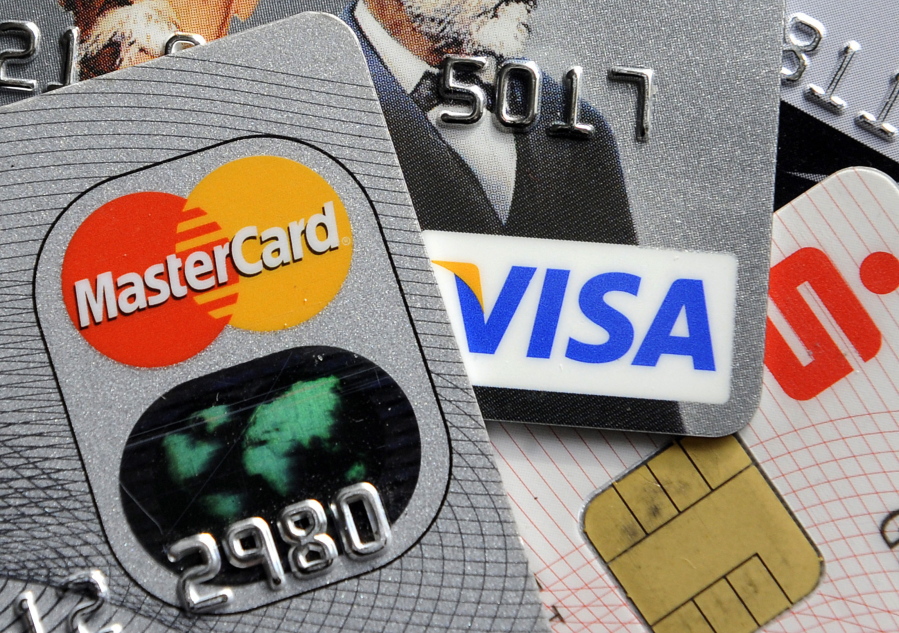After Emilie Burke, 24, graduated from Princeton University in 2015 and moved to Baltimore, her expenses began piling up.
“I had to put a down payment and security deposit on an apartment. I had to move. I still had to pay my cellphone bill,” says Burke, who now lives in Fayetteville, N.C. She wrote about her experience on her blog, BurkeDoes.com, where she focuses on personal finance and self-improvement.
The summer after graduation, she didn’t earn an income, although most of her basic living expenses were covered by a fellowship training. When that ended, Burke started a job, but by January, her credit card balances added up to nearly $7,600. After 16 months of cost-cutting, she finished paying down that debt.
“Now that I’ve paid off my credit cards, I feel like I can breathe a little bit more,” says Burke, who currently is working on paying off student loans and other debt.
Paying down credit card balances when you’re just starting out is no small feat. But getting rid of that debt can help you avoid high interest charges, boost your credit and put you on more solid financial footing. Here’s how to start.
Make a flexible plan
If you’re paying down credit card debt while tackling major life changes, such as a job switch or a move, setting priorities rather than deadlines might be more manageable. Start by taking stock of credit card balances and deciding which to eliminate first.
“Paying off the first card … is the hard one,” says Courtney Ranstrom, a certified financial planner at Trailhead Planners in Portland. “But once that first one’s paid off, you can use the payment you were using for that first card and apply it to the second card.”
To save money on interest, Ranstrom recommends putting more money toward the balance with the highest annual percentage rate, while making minimum payments on the other cards. Another approach could be to start with your smallest balance, giving you the psychological “win” you might need to keep going.
If you have good credit, you may be able to move high-interest balances to a card with an introductory zero percent balance-transfer APR and pay it down interest-free before the promotional period expires. However, most of these cards charge a fee of 3 to 5 percent of the transferred balance.
What to give up
It’s no secret that making spending cuts can help you knock out credit card debt faster. But you also don’t want to end up with a bare-bones budget that has you crying uncle on Day Two.
Burke tried a spending ban for a month that cut out all nonessential expenses, but found it too restrictive. So she decided to swear off spending in certain categories, such as books and cosmetics, for longer stretches of time.
“What I did at that point was say, ‘I’m not going to buy any books. I will not spend a penny on books. I’m going to read what’s on my shelf. I’m going to trade with friends,’ ” says Burke, an avid reader.
Keep at it
Don’t let an unexpected expense or a past spending mistake send your debt payoff plan into a tailspin. If something goes wrong, figure out what happened and modify your goals.
“You have to forgive yourself and move on,” Ranstrom says. “No one expects you to be perfect.”



